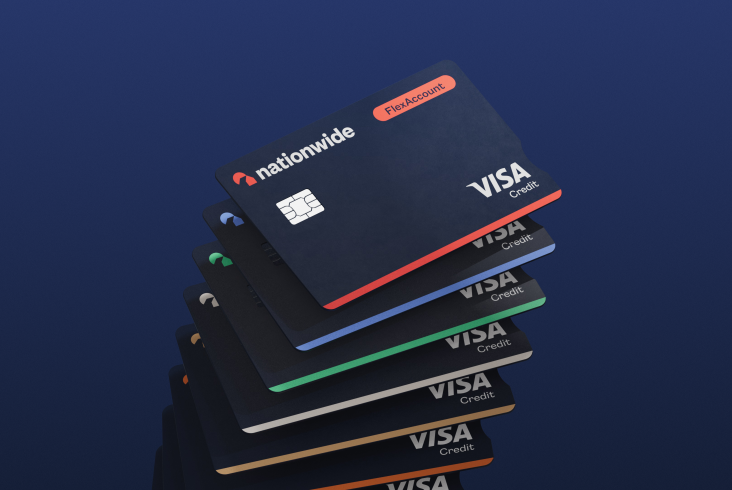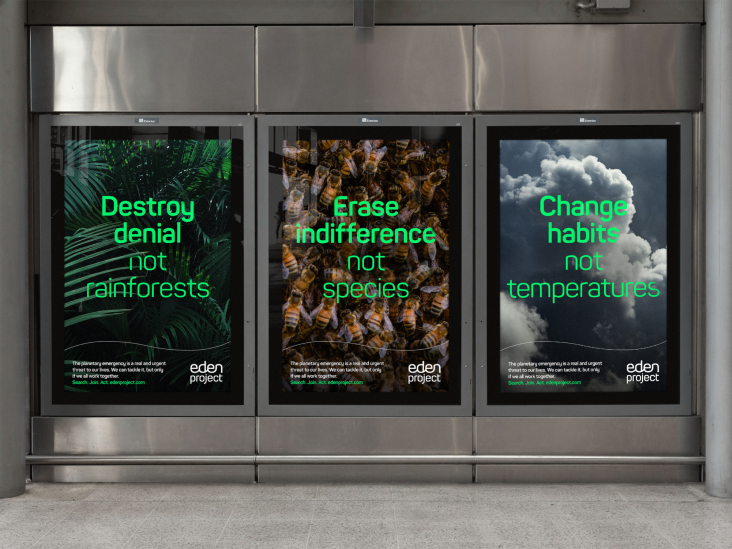Spellbinding pitches: How to enchant clients with your proposals
You don't need magic to charm and captivate a client; just basic psychology and a willingness to do the work. We outline three practical ways to win new clients for your creative business.

Image licensed via Adobe Stock
It's Halloween season, and everyone's dressing up as witches: magical figures who can control people's minds and actions with their spells and incantations. But while witches are fictional, there are real ways you can enchant clients into accepting your proposals. And it turns out that effectively drawing on fundamental psychological principles can be just as powerful as magic in stories… as long as you approach it in the right manner.
Note that the metaphor we're using here isn't just window-dressing. 'Spellbinding' is a word we use in everyday speech for a reason: it's a way of describing being swept up in something without really understanding why. We've all experienced these emotions at some point in our lives, whether it's our response to a work of art, music or theatre or meeting our soul mate for the first time.
When that happens, the subconscious part of our brain takes over from our conscious, our blood starts pumping, and we feel instantly engaged and excited… without necessarily processing the reason why. Imagine if you could achieve that with clients: how ready would they be to sign on the dotted line?
Of course, it's not easy. Crafting a spellbinding pitch requires a blend of artistry, insight and clear communication. But get it right, and the world's your oyster. In this article, we'll explore three vital ingredients in this "magic potion" and how to combine them to instantly win prospective clients over.
1. Understanding the client's needs
The foundation of a spellbinding proposal is something all creatives pay lip service to, but don't always follow through on truly understanding the client.
Doing so requires careful and thorough research into their industry, challenges and competitors. That's not always easy, especially if their existing content lacks information or a clear narrative. But hey, that's probably why they brought you on board, right?
So often, you really have to put the work into understanding a client. But it's work that will really pay off. Begin by gathering as much information as possible. This can be done through their website, social media, industry reports and conversations with your network.
As you do so, take the time to understand their business goals, target market and unique value proposition. Put yourself in their shoes and imagine what it would be like to face their challenges. What are their biggest frustrations? What are their deepest desires?
Once you understand their perspective, you can tailor your proposal to address their specific needs. And if they've been hearing pitches from people who are more interested in talking about themselves and how great they are, this can truly be captivating.
One way to demonstrate your empathy is to reflect the client's language and concerns in your proposal. This shows them that you have been listening carefully and that you understand their situation. For example, if they mention in their RFP (request for proposal) that they're struggling to generate leads, you might want to place lead generation strategy at or near the start of your proposal.
None of this, of course, is rocket science. But it sure is effective. Because when it comes down to it, people like to feel "seen". And yet that's something most of us rarely experience, whether in or outside of work, making it all the more... well, magical when it happens.
2. Transparent communication
Another element of a spellbinding proposal is that it's clear, concise and easy to understand. No one wants to spend hours reading or be blinded by management speak. They just want to know what you're offering to do for them and why it'll help their business in a short, captivating burst.
So, focus on communicating your ideas in a straightforward and engaging manner. Again, this sounds obvious, but so few people in practice do it. So, you'll be giving yourself an instant competitive advantage by following this path.
That means using plain English. It means not using acronyms or abbreviations without first explaining them. It means breaking down complex concepts into smaller, more manageable chunks. It means dividing your proposal up into headings, subheadings and bullet points to organise it and make it easy to scan. No one wants to be presented with a huge wodge of text.
3. Creating a sense of trust
Trust is essential for any successful business relationship. And yet, both inside and outside work, we rarely meet people we instinctively trust. So if you can get people to immediately trust you, they'll pretty much be sold on that fact alone; everything else will just seem like small details.
To build trust with the client and convince them you're reliable, include testimonials and case studies from past clients in your proposal. Also, highlight your processes and methodologies to assure clients you take a structured and professional approach.
Clearly articulate why you are the right person for the job. Highlight the benefits of working with you and the value that you can deliver. Don't bang on about how great you are, but share a few vital facts that showcase this, such as past results, relevant experience or unique expertise.
An important element of trust is transparency; if it seems like you have something to hide, clients will automatically be on their guard. So be open and upfront from the start about how you manage projects, your pricing strategy and anything else that may concern them.
Finally, don't seem like you're trying to be something you're not, such as giving the impression that you have more experience or are a bigger outfit than you actually are. People aren't daft and can see right through such subterfuge. So, instead, find ways to let your unique personality and approach shine through the proposal.
Also, be honest about what is achievable, setting realistic expectations rather than promising the earth. This kind of openness will instantly endear you to people rather than making them feel they're not getting the full story.









](https://www.creativeboom.com/upload/articles/86/862919952c0ad18439004228895a431dc6e45ffc_732.jpg)











